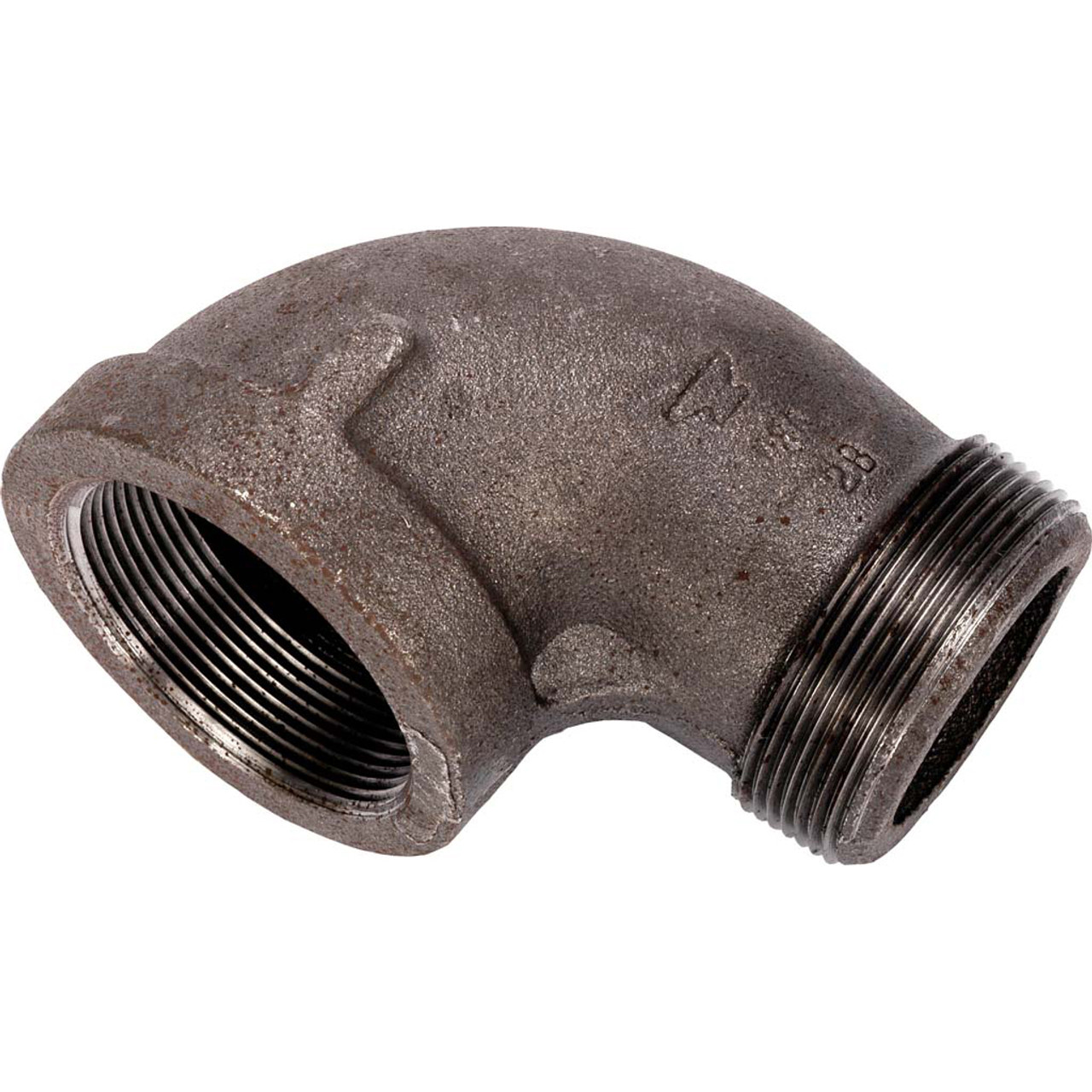

Articles
What Is A Street Elbow Fitting In Plumbing
Modified: January 8, 2024
Learn all about street fittings in plumbing with our informative articles. Gain a solid understanding of this essential plumbing component for your home or project.
(Many of the links in this article redirect to a specific reviewed product. Your purchase of these products through affiliate links helps to generate commission for Storables.com, at no extra cost. Learn more)
Introduction
In the world of plumbing, there are various components and fittings that are used to ensure the smooth flow of water and other fluids. One such fitting is the street fitting, which plays a crucial role in connecting pipes and changing their direction. Whether you are a professional plumber or a homeowner embarking on a DIY plumbing project, understanding what a street fitting is and its purpose can be beneficial in ensuring the success of your plumbing system.
A street fitting, also known as a street elbow or street bend, is a type of plumbing fitting that has threads on one side and a solvent weld hub on the other side. This unique design allows for the connection of pipes with different end types and sizes while enabling a change in direction. The threads on the street fitting are designed to connect with male threads of pipes or other fittings, while the solvent weld hub allows for the attachment of pipes using solvent cement.
Street fittings are commonly made from materials such as brass, copper, PVC, or stainless steel, depending on the specific requirements of the plumbing system. They come in various sizes, ranging from half an inch to several inches in diameter, allowing for flexibility in plumbing installations.
The primary purpose of a street fitting is to provide a solution when there is a need to change the direction of a pipe without the use of additional fittings. This makes them a versatile and efficient choice in plumbing systems, as they eliminate the need for extra connectors and reduce the chances of leaks or failures.
Now that we have a basic understanding of what a street fitting is, let’s explore the different types of street fittings that are commonly used in plumbing systems.
Key Takeaways:
- Street fittings are versatile plumbing components that allow for seamless pipe connections, directional changes, and efficient routing. Their easy installation and space efficiency make them a popular choice for both professionals and DIY enthusiasts.
- While street fittings offer advantages such as cost-effectiveness and versatility, it’s crucial to consider potential flow resistance, material compatibility, and proper sizing. Proper installation and regular maintenance are essential for ensuring optimal performance and longevity.
Read more: What Are Fittings In Plumbing
Definition of Street Fitting in Plumbing
A street fitting is a specialized plumbing component that is used to connect pipes of different sizes or end types while allowing for a change in direction. It is specifically designed to provide a seamless connection between pipes with male threads and pipes with solvent weld hubs, eliminating the need for additional fittings.
The term “street fitting” originates from the plumbing industry, where it is also referred to as a street elbow or street bend. This fitting is commonly used in both residential and commercial plumbing systems, providing a reliable and efficient way to achieve directional changes in piping layouts.
One side of the street fitting is threaded, allowing it to connect to pipes or other fittings with male threads. The other side features a solvent weld hub, which enables the attachment of pipes using solvent cement. This unique design allows for a secure and leak-free connection between pipes of varying sizes and materials.
Street fittings are available in various sizes, ranging from half an inch to several inches in diameter, to accommodate different plumbing applications. These fittings are typically made from materials such as brass, copper, PVC, or stainless steel, chosen based on the specific requirements of the plumbing system.
It is important to note that street fittings should be used judiciously in plumbing installations. While they offer convenience and flexibility in connecting pipes and changing directions, they should be used only when necessary. Careful consideration should be given to the flow rate, pressure, and material compatibility of the pipes to ensure the proper functioning of the plumbing system.
Now that we have a clear understanding of what a street fitting is in plumbing, let’s explore some of the common types of street fittings that you may encounter in plumbing systems.
Types of Street Fittings
In the world of plumbing, there are several types of street fittings that cater to different plumbing needs. Let’s take a closer look at some of the most common types:
- 90-Degree Street Elbow: This is the most commonly used type of street fitting. It features a 90-degree bend that allows for a change in direction without the need for additional connectors. It is widely used to connect pipes in corners or tight spaces where a straight run is not possible.
- 45-Degree Street Elbow: Similar to the 90-degree street elbow, the 45-degree street elbow allows for a change in direction, but at a lesser angle. It is often used in situations where a slight offset or adjustment is required in the piping system.
- Street Tee: A street tee is a street fitting that allows for the branching off of a pipeline. It features a threaded inlet and two solvent weld hubs, providing the capability to connect a pipe perpendicular to the main line while maintaining directional flow.
- Street Cross: The street cross fitting is similar to the street tee, but it allows for the branching off of two pipelines. It features a threaded inlet and four solvent weld hubs, enabling the connection of pipes in a perpendicular or crosswise configuration.
- Male x Female Street Adapter: This type of street fitting is designed to connect pipes with male threads to pipes or fittings with female threads. It allows for a secure and leak-free connection between pipes of different end types.
- Female x Female Street Adapter: The female x female street adapter is another type of street fitting that is used to connect pipes or fittings with female threads. It provides a reliable connection between pipes without the need for additional connectors.
These are just a few examples of the types of street fittings that are commonly used in plumbing systems. It is important to select the appropriate type of street fitting based on the specific requirements of the plumbing installation, such as the diameter of the pipes, material compatibility, and the desired direction of the flow.
Next, we will explore the common uses of street fittings in plumbing systems.
Common Uses of Street Fittings
Street fittings are versatile components that find various applications in plumbing systems. Their ability to connect pipes of different sizes or end types while allowing for a change in direction makes them essential in many plumbing installations. Let’s explore some of the common uses of street fittings:
- Pipe Alignment: Street fittings are frequently used to align pipes properly when there is a need to change their direction. By connecting pipes at an angle, street fittings ensure that the plumbing system follows the desired route without any sharp bends or obstructions.
- Tight Spaces: In plumbing installations where space is limited, street fittings come to the rescue. Their compact design allows for effective piping connections even in tight spots or corners where a straight run is not feasible.
- Branching Off: Street fittings such as street tees and street crosses are used to branch off a pipeline and create additional connections. This is particularly useful when adding fixtures or appliances to an existing plumbing system without disrupting the main line.
- Transitioning between Different Pipes: Sometimes, plumbing systems require the connection of pipes with different sizes or materials. Street fittings provide a seamless transition between pipes with male threads and pipes with solvent weld hubs, allowing for a secure and leak-free connection.
- Fixture Installations: When installing new fixtures, street fittings enable the connection of pipes to the fixture’s supply lines. They ensure that the plumbing connections are properly aligned and allow for adjustments to accommodate the fixture’s location and requirements.
- Routing Piping Systems: Street fittings play a crucial role in routing the flow of water or other fluids within a plumbing system. They enable changes in direction without interrupting the flow and help maintain a consistent and efficient flow rate throughout the system.
These are just a few examples of the common uses of street fittings in plumbing systems. The specific application of street fittings will vary depending on the unique requirements of each plumbing project. It is important to consult with a professional plumber or adhere to plumbing codes and standards when using street fittings to ensure a properly functioning and durable plumbing system.
Now, let’s discuss some of the advantages and disadvantages of using street fittings in plumbing.
Advantages and Disadvantages of Street Fittings
When it comes to plumbing installations, street fittings offer several advantages that make them a popular choice. However, like any plumbing component, there are also certain disadvantages to consider. Let’s delve into the advantages and disadvantages of using street fittings:
- Advantages:
- Easy Installation: Street fittings are relatively easy to install, making them a convenient choice for both professional plumbers and DIY enthusiasts. Their threaded and solvent weld hub connections ensure a secure and leak-free installation.
- Change in Direction: Street fittings provide a simple and effective way to change the direction of pipes. This flexibility allows for better routing within plumbing systems and reduces the need for additional fittings or complex pipe configurations.
- Space Efficiency: The compact design of street fittings makes them ideal for installations in tight spaces or corners. They allow for efficient pipe connections without obstructing other components or compromising the functionality of the plumbing system.
- Versatility: Street fittings are available in various sizes and can be used with different pipe materials, such as PVC, copper, or stainless steel. This versatility allows for their use in a wide range of plumbing applications.
- Cost-Effective: Street fittings eliminate the need for multiple connectors or additional fittings when changing direction or connecting pipes of different sizes. This can lead to cost savings in terms of materials and labor during plumbing installations.
- Disadvantages:
- Resistance to Flow: Due to their angled design, street fittings can cause a slight disruption in the flow of water or fluids through the plumbing system. However, this is typically minimal and can be mitigated by proper sizing and pipe layout.
- Material Compatibility: It is important to ensure that the materials of the street fittings are compatible with the pipes and materials used in the plumbing system. Incompatibility can lead to corrosion, leaks, or other issues over time.
- Limited Angle Options: Street fittings are available in standard angles such as 90 degrees and 45 degrees. This limitation may restrict the options for certain piping configurations that require different or specialized angles.
- Requires Proper Sizing: Incorrect sizing of street fittings can lead to flow restriction, pressure loss, or even pipe damage. It is vital to select the appropriate size of street fitting that matches the pipe dimensions and flow requirements of the plumbing system.
- Dependency on Threads: Street fittings rely on threaded connections for one side, which can pose challenges if the threads become worn out or damaged. It is crucial to handle and maintain street fittings properly to prevent thread issues.
Understanding the advantages and disadvantages of street fittings allows you to make informed decisions during plumbing installations. While the benefits of their easy installation, flexibility, and cost-effectiveness are evident, it is important to weigh them against any potential drawbacks and consider the specific requirements of your plumbing project.
Next, let’s explore the installation and maintenance considerations for street fittings.
When installing a street fitting in plumbing, make sure the male end is screwed into the female end of the fitting to ensure a secure connection. This will help prevent leaks and ensure proper flow in the plumbing system.
Read more: What Is A Compression Fitting In Plumbing
Installation and Maintenance of Street Fittings
Proper installation and regular maintenance are essential for ensuring the optimal performance and longevity of street fittings in plumbing systems. Let’s take a closer look at the key considerations when it comes to installing and maintaining street fittings:
Installation:
1. Prepare the pipes: Before installing the street fittings, ensure that the pipes are clean, free of debris, and cut to the appropriate length. It is recommended to use a pipe cutter or a hacksaw to achieve clean and straight cuts.
2. Apply thread sealant: For the threaded side of the street fitting, apply an appropriate thread sealant to ensure a tight and leak-free connection. Thread sealant tape or pipe dope can be used to create a reliable seal.
3. Connect the fittings: Screw the threaded side of the street fitting onto the corresponding pipe or fitting with male threads. Use an adjustable pipe wrench or pliers to tighten the connection, ensuring it is snug but without over-tightening.
4. Solvent welding: For the solvent weld hub side of the street fitting, apply a PVC primer to the outside of the pipe and the inside of the fitting’s hub. Then, apply PVC solvent cement to both surfaces. Insert the pipe into the fitting’s hub and hold it in place for a few seconds to allow the cement to bond.
5. Allow for curing time: Give the solvent cement enough time to cure and create a strong bond. Follow the manufacturer’s instructions for the specific curing time, often ranging from 12 to 24 hours. Avoid disturbing or putting pressure on the joints during this time.
6. Test for leaks: Once the installation is complete, perform a thorough leak test to ensure the connections are tight and secure. Run water through the system, visually inspect all joints, and check for any signs of leakage. If any leaks are found, make the necessary adjustments or reapply sealant.
Maintenance:
1. Regular inspection: Periodically inspect the street fittings and the surrounding pipes for any signs of damage, corrosion, or leaks. Look for cracks, loose connections, or water stains that may indicate a problem.
2. Prevent freezing: If the plumbing system with street fittings is in an area prone to freezing temperatures, take steps to prevent freezing. Insulate pipes, especially in unheated areas, to avoid the risk of burst pipes or damage to the street fittings.
3. Proper handling: When working around the street fittings, ensure that they are not subjected to excessive force or impact. Avoid dropping heavy objects or applying pressure that could damage the fittings or their connections.
4. Maintain clear space: Keep the area around the street fittings clean and clear of debris or obstructions. This helps with proper ventilation, accessibility for maintenance, and reduces the risk of damage to the fittings.
5. Address any issues promptly: If you notice any leaks, corrosion, or other issues with the street fittings or the connected pipes, address them promptly. Ignoring or delaying repairs can lead to further damage and costly repairs down the line.
By following proper installation techniques and implementing regular maintenance practices, street fittings can provide reliable and efficient performance in plumbing systems for years to come.
Now, let’s summarize the key points discussed in this article.
Conclusion
Street fittings play a crucial role in plumbing systems, providing the ability to connect pipes of different sizes or end types while allowing for changes in direction. Their versatility, ease of installation, and cost-effectiveness make them a popular choice among plumbers and DIY enthusiasts alike.
We have explored the definition of street fittings and their various types, including 90-degree and 45-degree street elbows, street tees, street crosses, and various street adapters. These fittings offer solutions for pipe alignment, tight spaces, branching off, transitioning between different pipes, fixture installations, and routing piping systems.
While street fittings offer several advantages, such as easy installation, change in direction, space efficiency, versatility, and cost-effectiveness, it is important to consider certain drawbacks. These include potential flow resistance, material compatibility issues, limited angle options, the importance of proper sizing, and a dependency on threads.
During installation, it is crucial to properly prepare the pipes, apply thread sealant, connect the fittings securely, and allow for curing time. Regular maintenance is also essential to ensure the optimal performance and longevity of the street fittings. This includes inspecting for damage, preventing freezing, handling with care, maintaining clear space, and addressing any issues promptly.
By understanding the uses, advantages, disadvantages, and proper installation and maintenance practices of street fittings, you can make informed decisions when incorporating them into your plumbing system. Whether you are working on a residential or commercial plumbing project, the knowledge of street fittings will contribute to a well-designed, efficient, and reliable plumbing system.
Remember, if you are unsure or need assistance, it is always recommended to consult with a professional plumber who can provide guidance based on your specific plumbing needs and requirements.
With this comprehensive understanding of street fittings, you are now equipped to tackle plumbing projects with confidence and ensure the smooth flow of water in your home or business.
Frequently Asked Questions about What Is A Street Elbow Fitting In Plumbing
Was this page helpful?
At Storables.com, we guarantee accurate and reliable information. Our content, validated by Expert Board Contributors, is crafted following stringent Editorial Policies. We're committed to providing you with well-researched, expert-backed insights for all your informational needs.
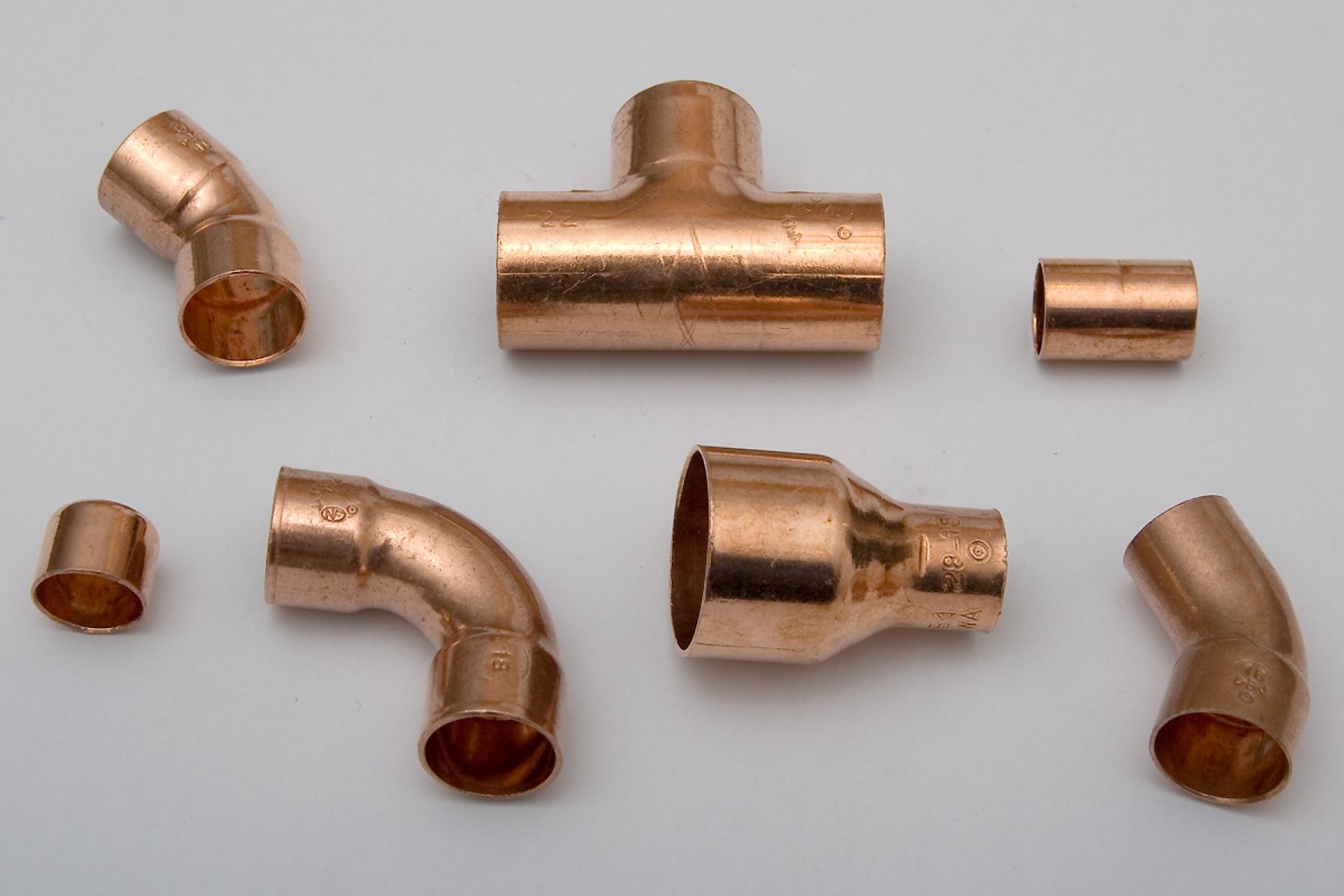
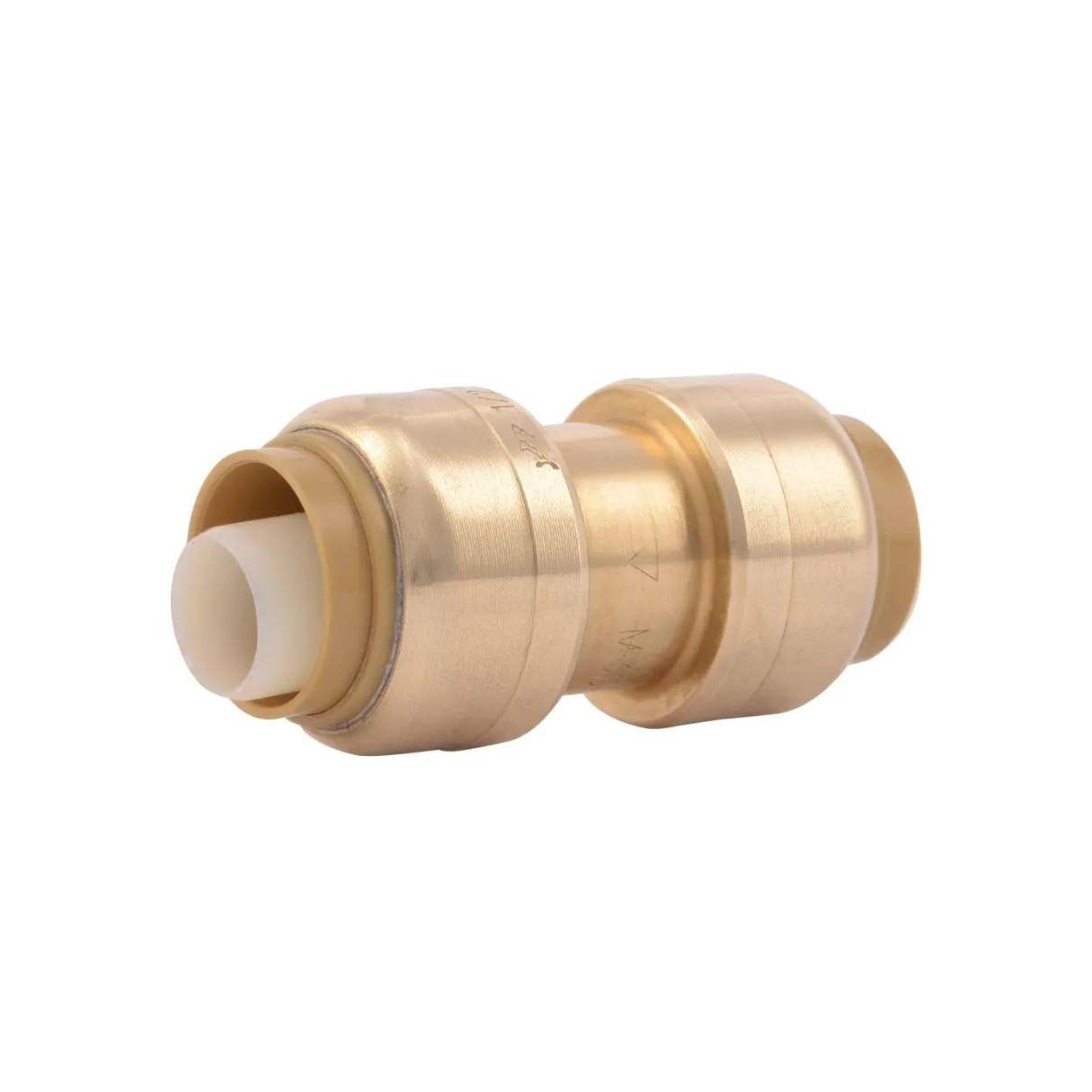

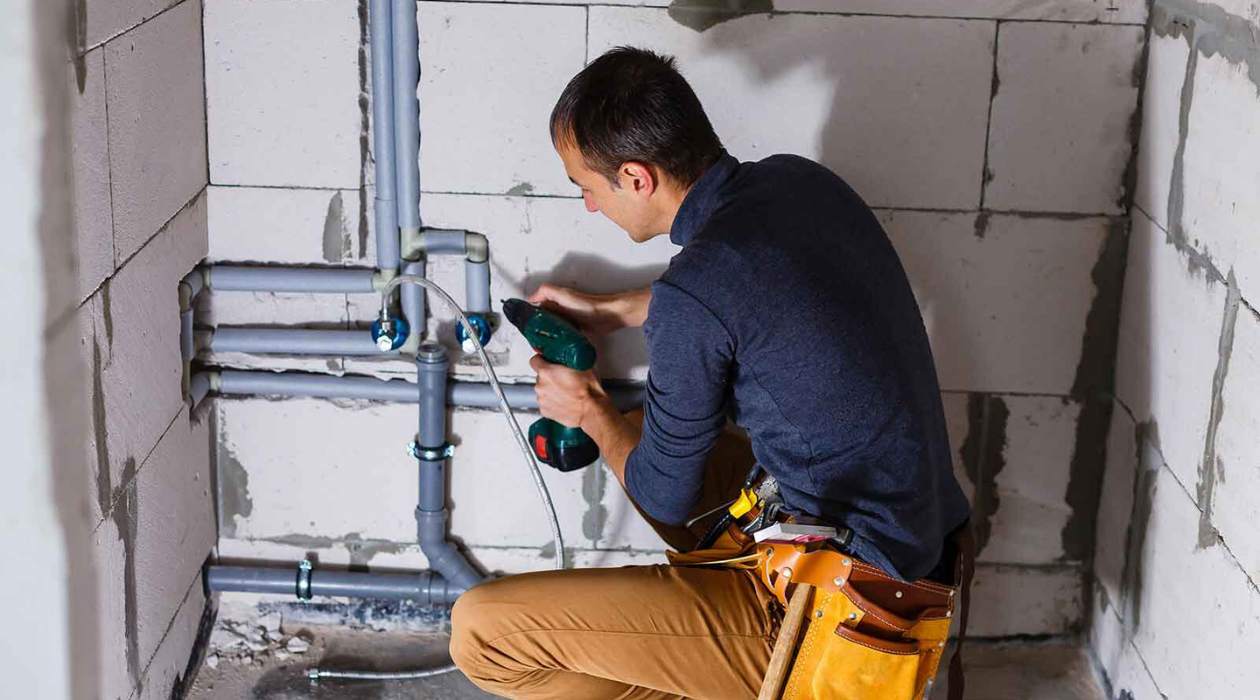

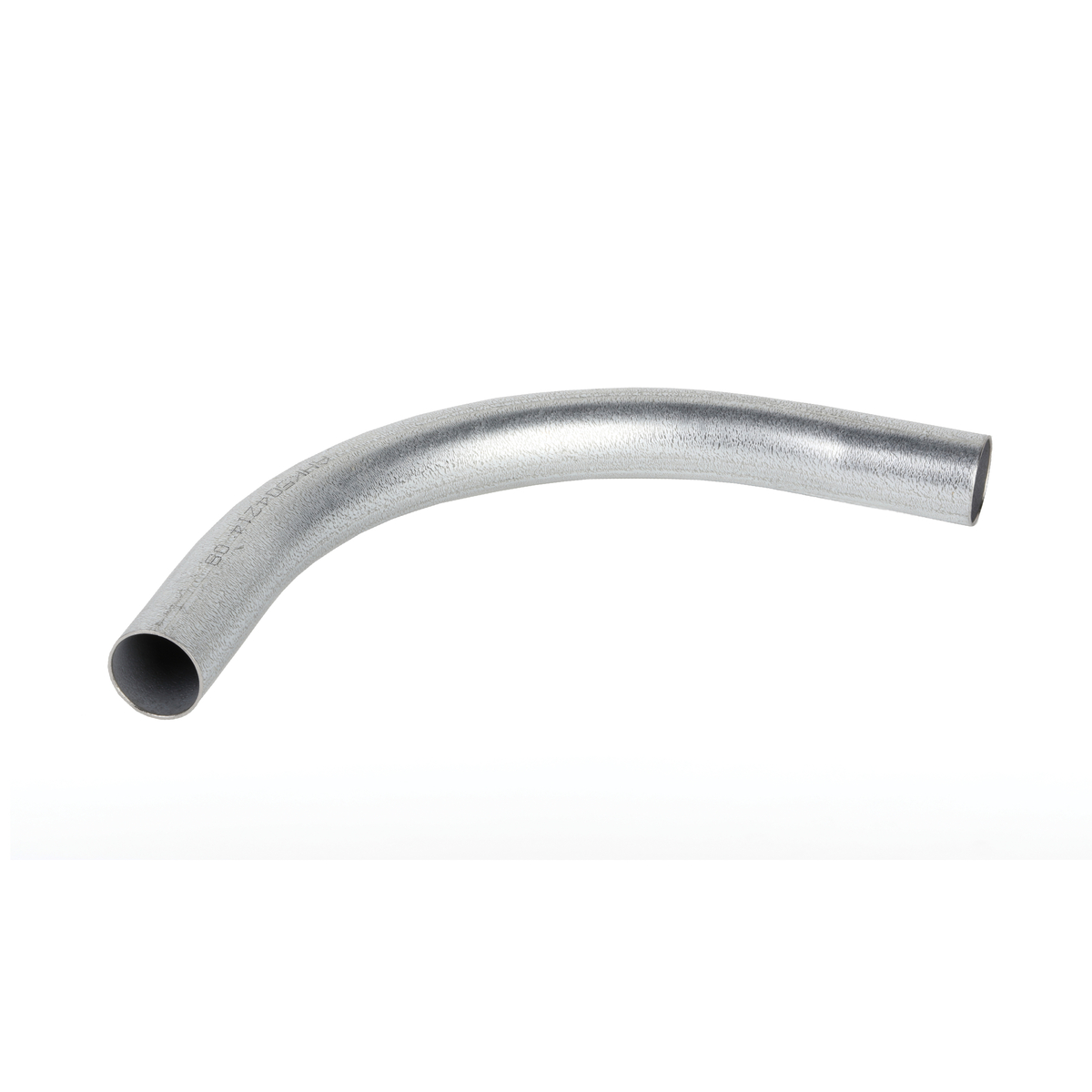
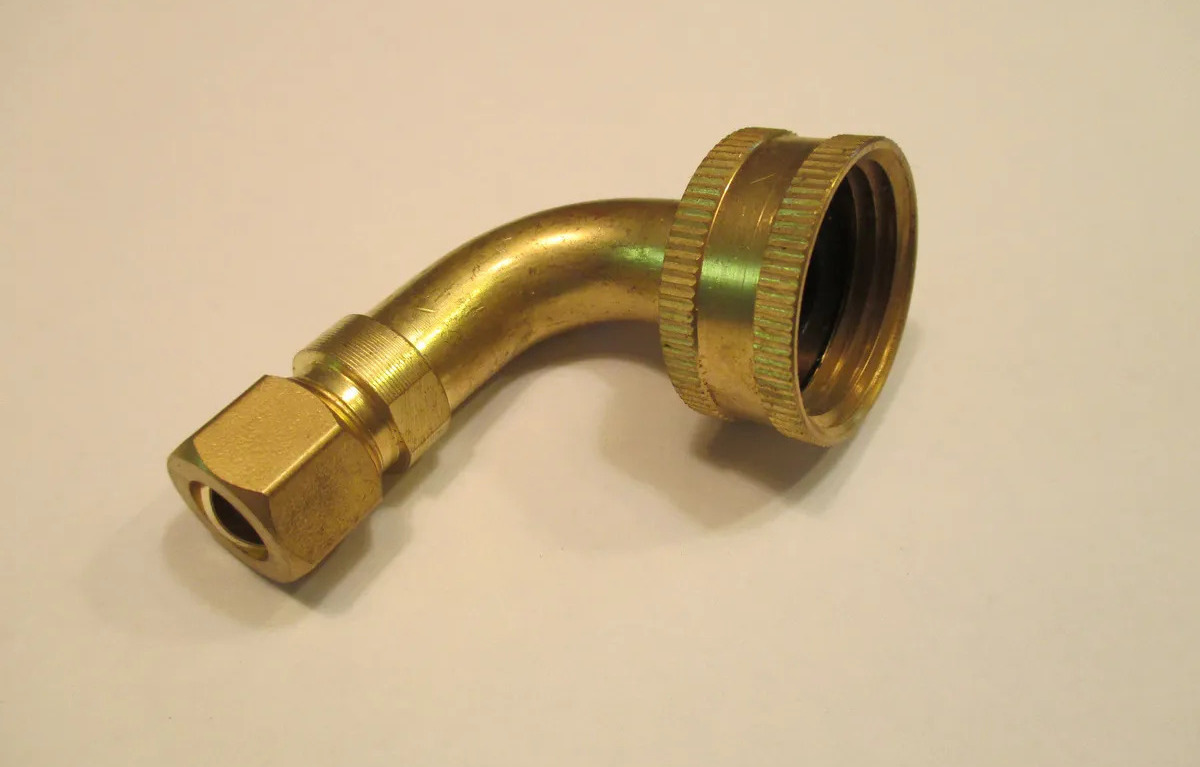
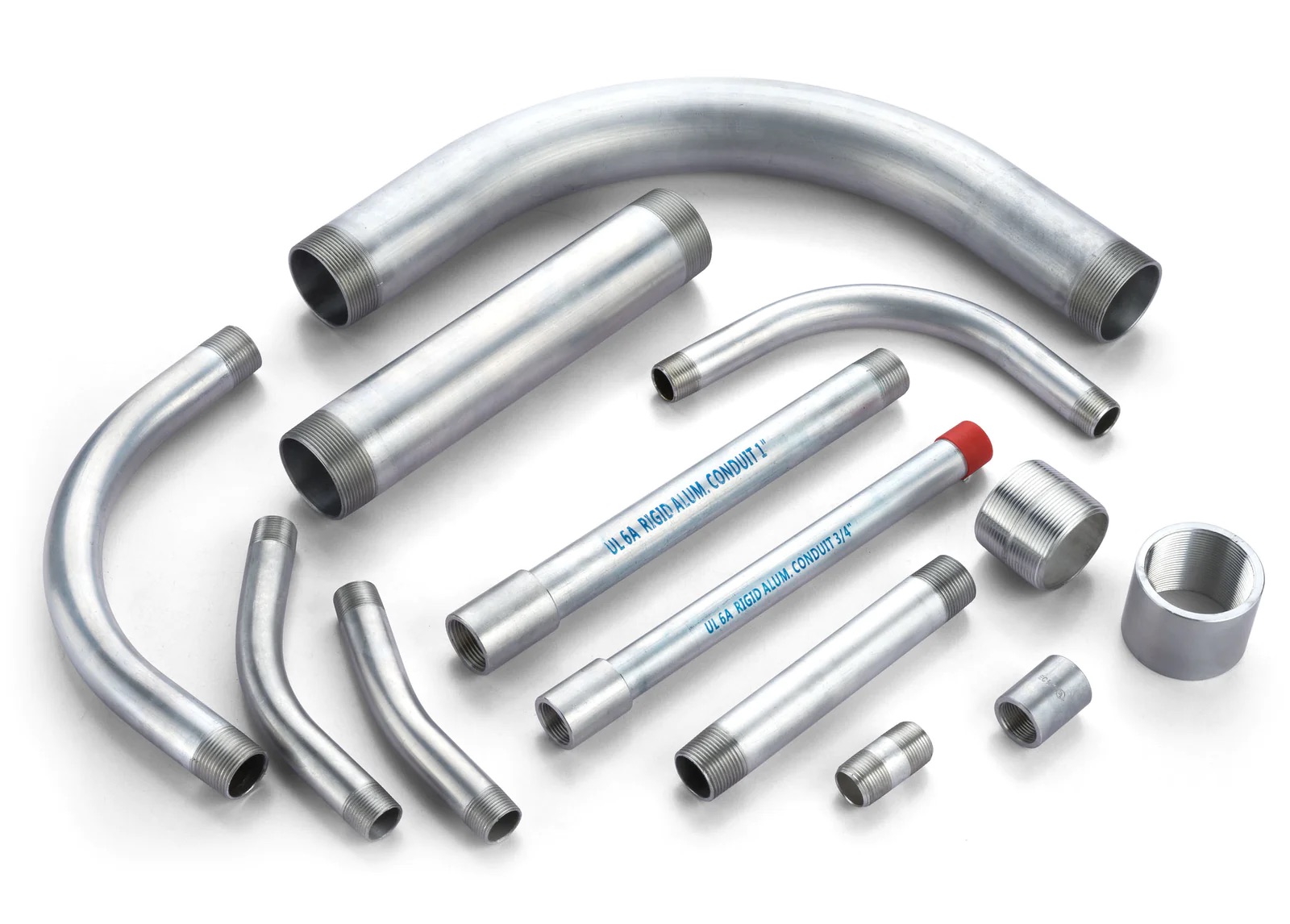
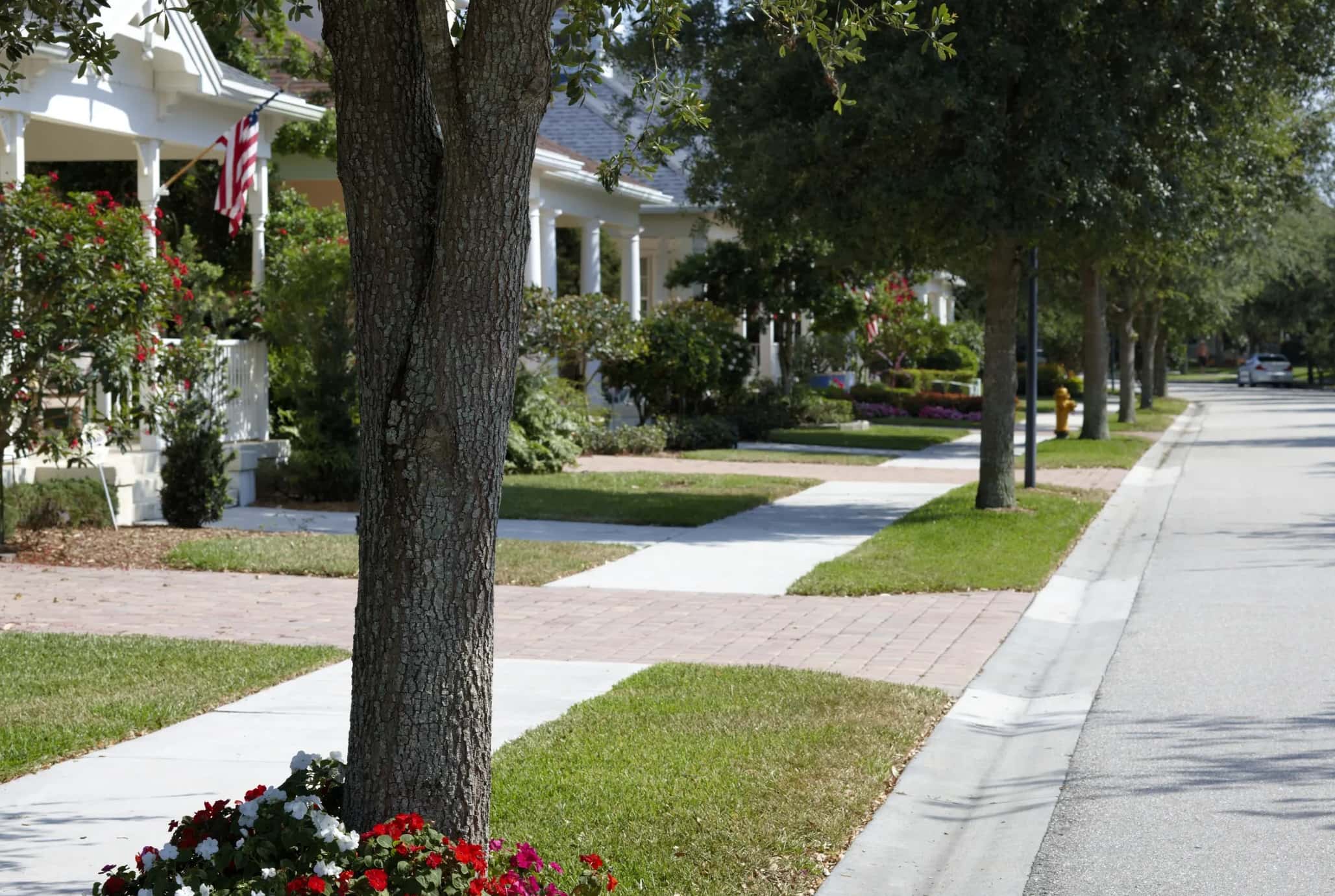
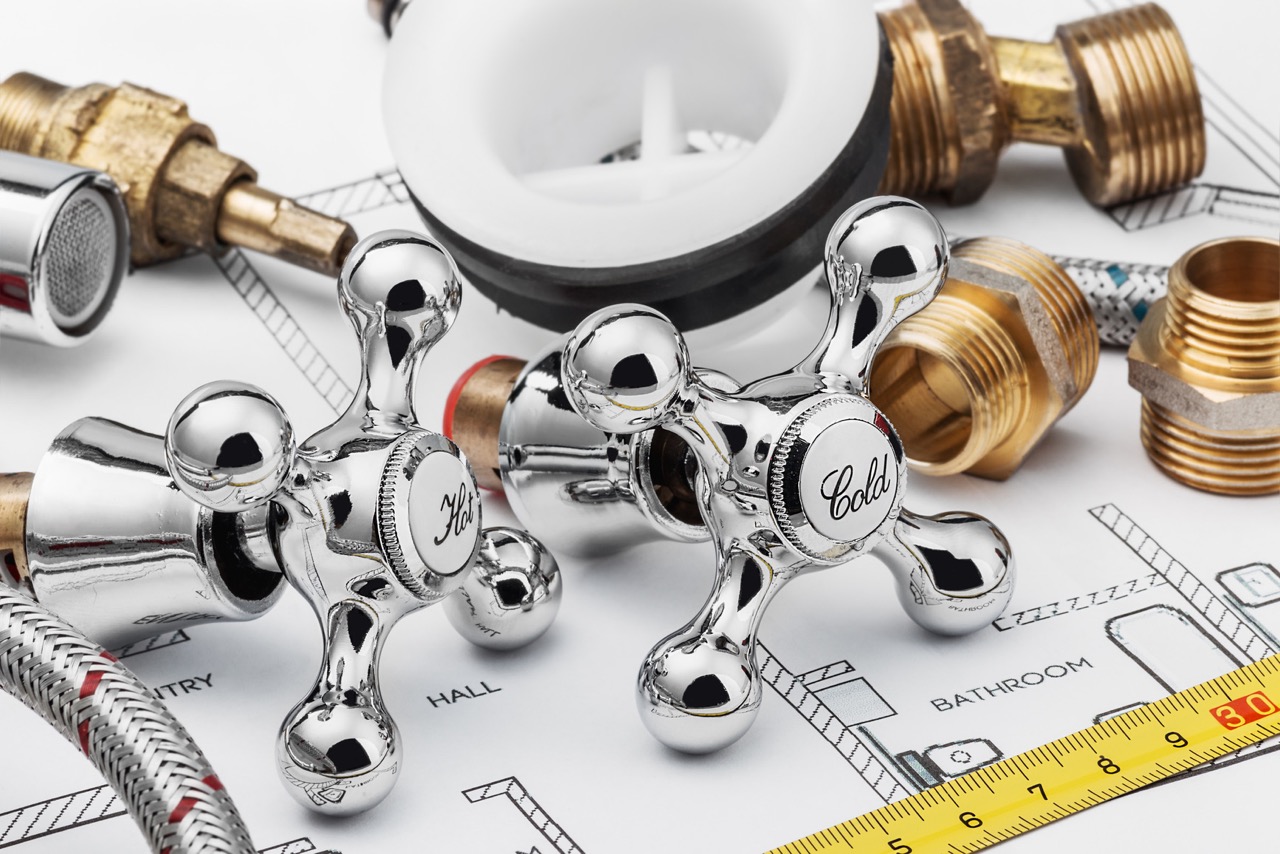
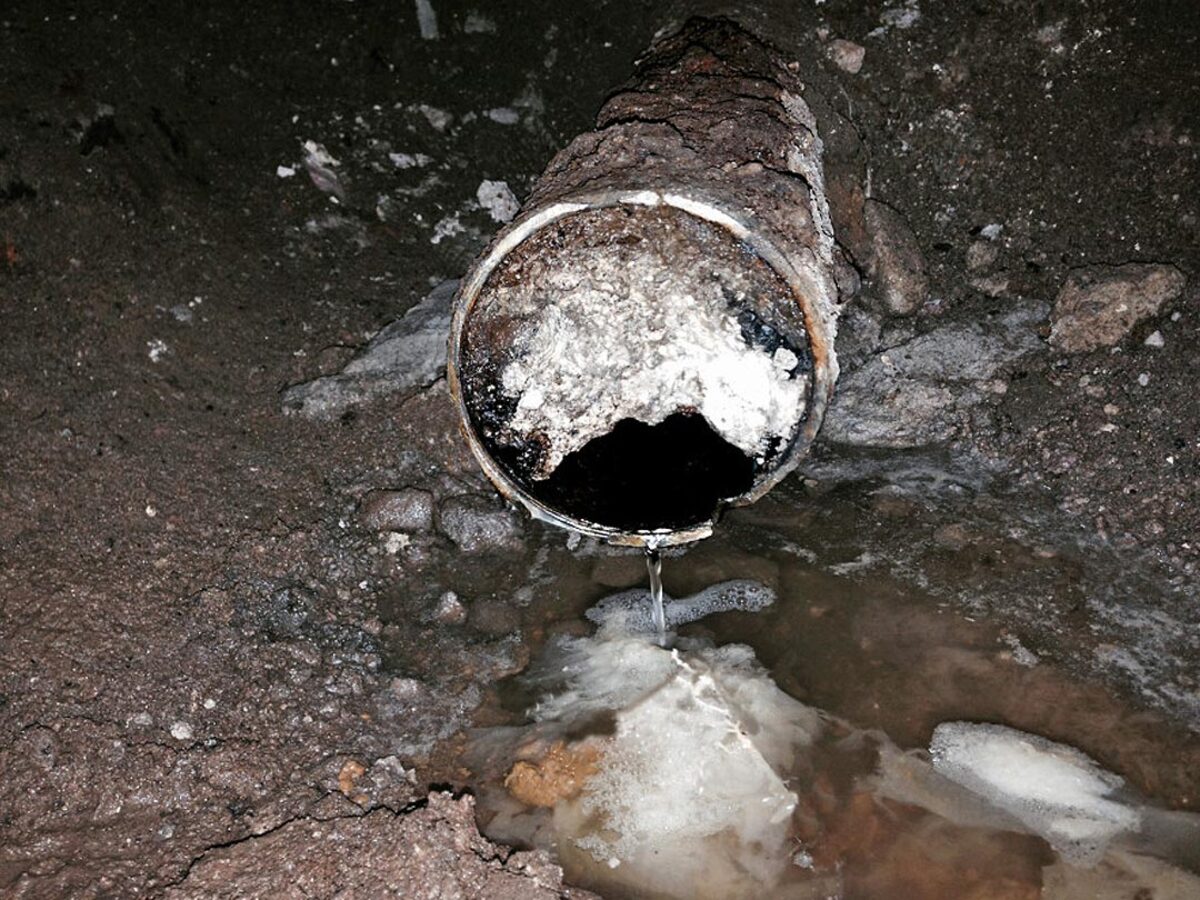
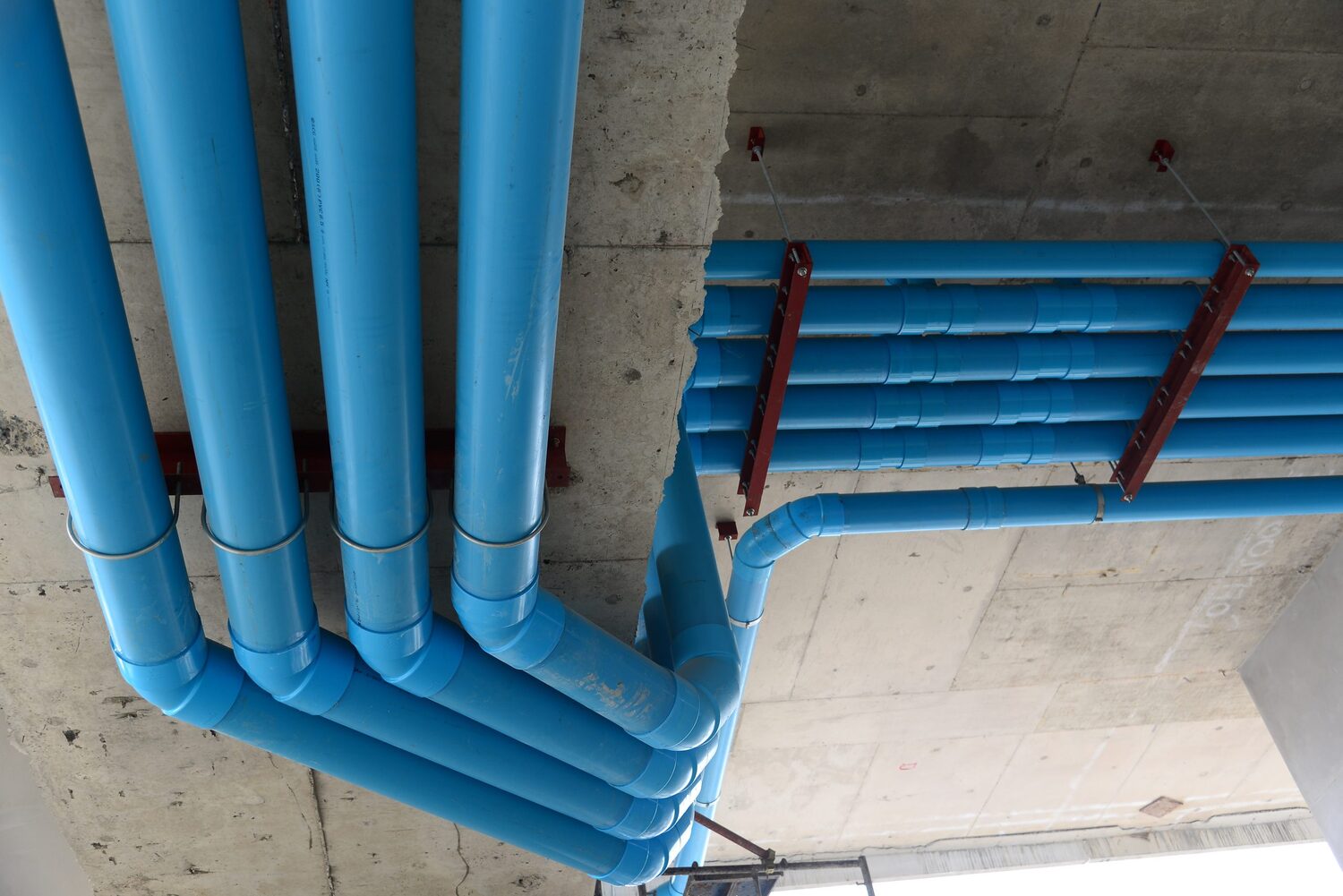
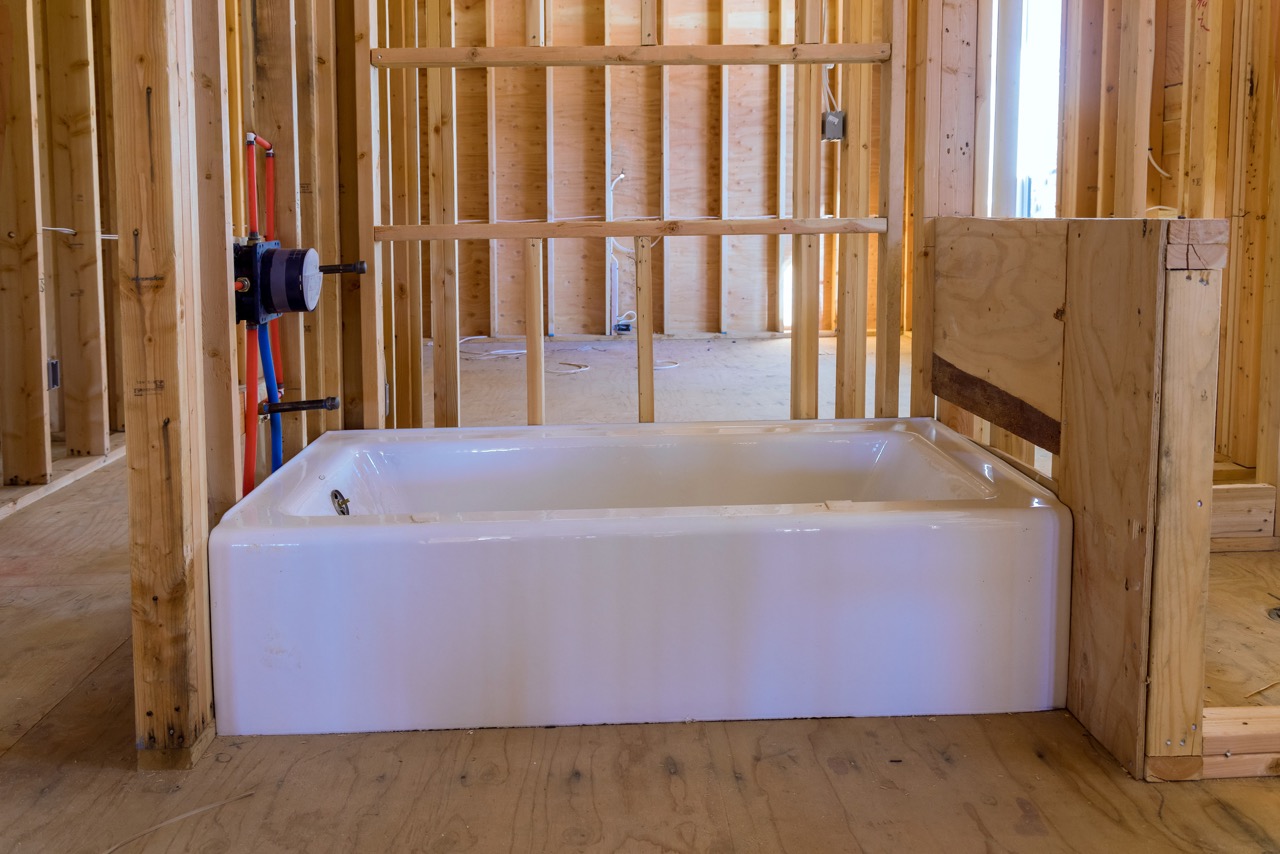
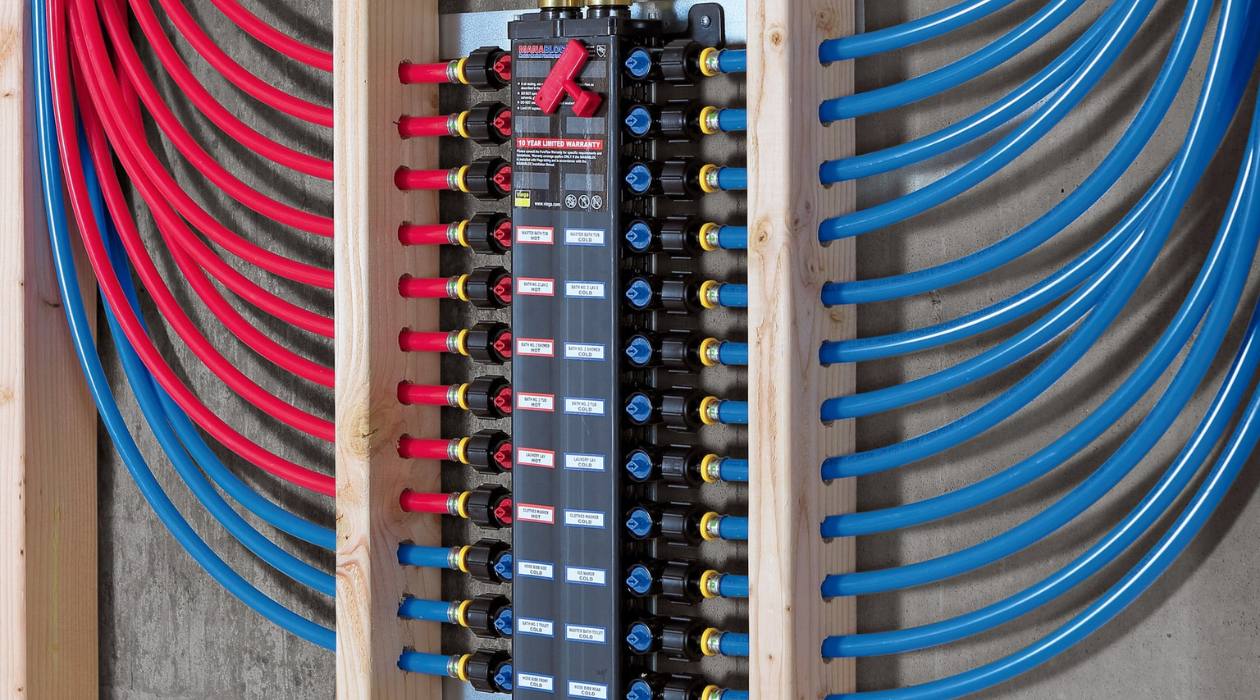

0 thoughts on “What Is A Street Elbow Fitting In Plumbing”